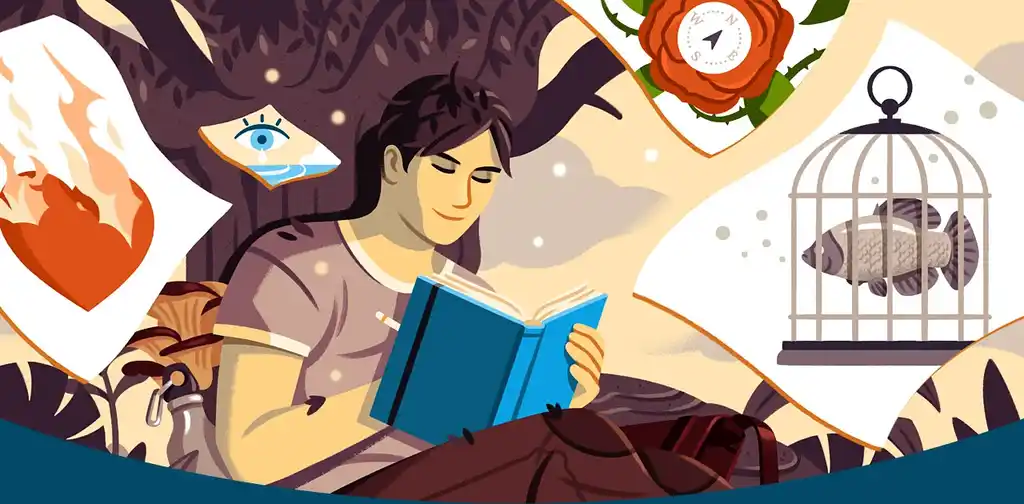Guides • Perfecting your Craft
Last updated on Oct 14, 2025
What is a Haiku? Japan’s Beloved Poetry Format, Explained
Dario Villirilli
Editor-in-Chief of the Reedsy blog, Dario is a graduate of Mälardalen University. As a freelance writer, he has written for many esteemed outlets aimed at writers. A traveler at heart, he can be found roaming the world and working from his laptop.
View profile →A haiku is a traditional Japanese poem that captures emotional responses evoked by nature. The most common haiku format is a three-line poem with a 5-7-5 syllable structure and no rhyme requirements.
With its simplicity and concision, haiku poetry has endured the test of time, crossed language and cultural barriers, and is, to this day, one of the most widely read and written types of poem. To better understand this fascinating literary form, let’s look at the haiku’s format, features, and history.
A poetry format containing 17 syllables
The original haiku format is based upon 17 phonetic units, referred to as on (音) in Japanese poetry, which can be roughly compared to syllables. Even though haiku were originally written in a single line, today they are divided into three lines with a 5-7-5 syllable pattern.
Here is one example of a haiku from the form's most famous poet, Matsuo Bashō:
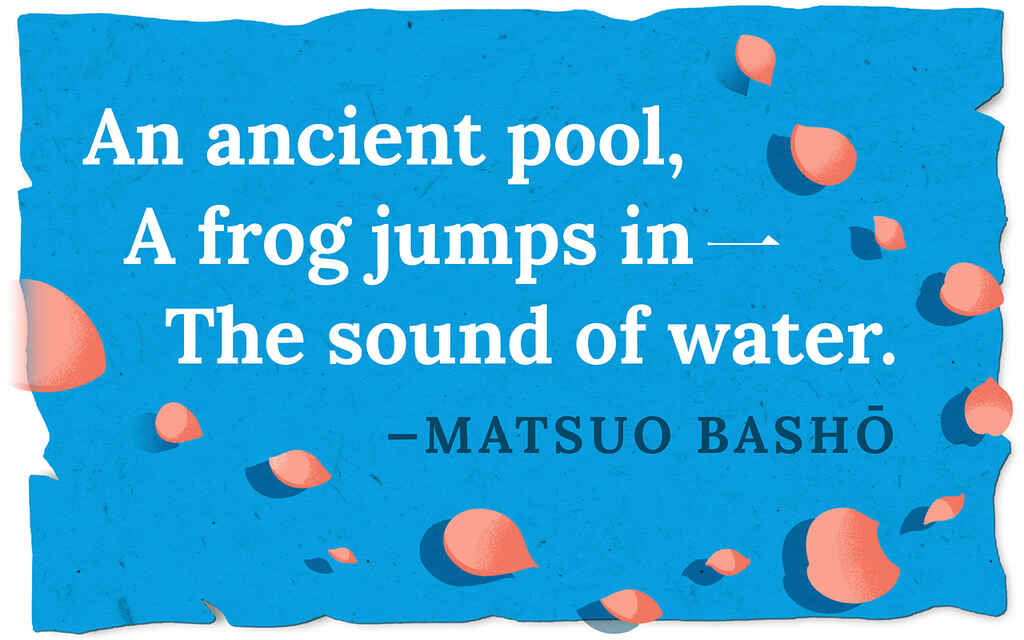 Although the syllables in this particular literary translation don’t follow the 5-7-5 pattern, they do in the original Japanese haiku:
Although the syllables in this particular literary translation don’t follow the 5-7-5 pattern, they do in the original Japanese haiku:
fu-ru i-ke ya (5) ka-wa-zu to-bi-ko-mu (7) mi-zu no o-to (5)
Throughout time, poets worldwide have remained broadly faithful to this structure while also experimenting with new forms inspired by haiku.
What do you capitalize in haiku? Some poets/translators only capitalize names, some only the first word, and others every line’s first letter. There are no set rules for punctuation at the end either — you may or may not use any.
Beyond its format, one of haiku’s core features has always been its conciseness and elegance in describing nature — the main Muse of haiku poets.
📚
Which 20-second poem should you recite while washing your hands?
Discover the perfect poem for you. Takes 30 seconds!
Nature is a common central theme
The natural world has long been central to haiku poetry, inspiring poets to observe their surroundings and notice ordinary yet meaningful moments. Nature was — and still is — considered an ideal setting to invoke wabi-sabi (侘寂), a mental state where one finds contentment with simple things. In nature, you can take pleasure in a bird's song or meditate on the impermanence of life by watching autumn leaves drift downwards.
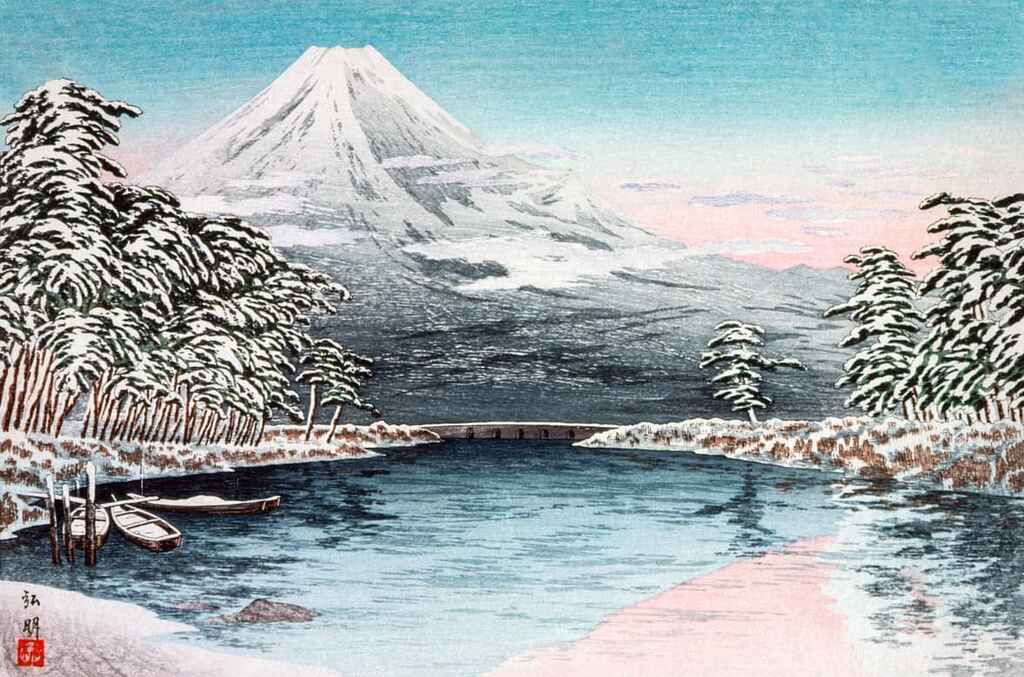
In the Japanese haiku tradition, nature is referenced using ‘season words’ (kigo, 季語), like spring’s canola flowers or winter’s snowflakes. In the following two examples, cherry blossoms tell us that it's springtime, while cool stars paint a picture of a starry summer night.
cherry blossoms
fall! fall!
enough to fill my belly
一 Kobayashi Issa
The lamp once out
Cool stars enter
The window frame.
一 Natsume Soseki
Over time, various schools of haiku poets have debated whether the form should be solely inspired by nature or open up to other themes. While the jury is still out (after hundreds of years of debate), a reverence for the natural world remains one of haiku’s driving motifs to this day — along with the strong use of imagery.
Combining simple images to express an idea
Many haiku poems aim to express an 'insight': an unexpected emotional response to whatever the poet observes. This insight could be as simple as a laugh, or as deep as a reflection on the fleeting nature of our existence.
Unlikely images united by an emotion
In some haiku poems, one image is sufficient to express a feeling, while in others more images are linked together. Let’s take a look at two examples:
Even in Kyoto,
hearing the cuckoo,
I long for Kyoto.
一 Matsuo Bashō
The image of the cuckoo, and the hearing of its sounds, evokes in the poet a certain nostalgia for a city — and a time — that seems to be gone. The singularity of this image reminds us of how memories work: sometimes it takes just a specific sound to bring you back in time.
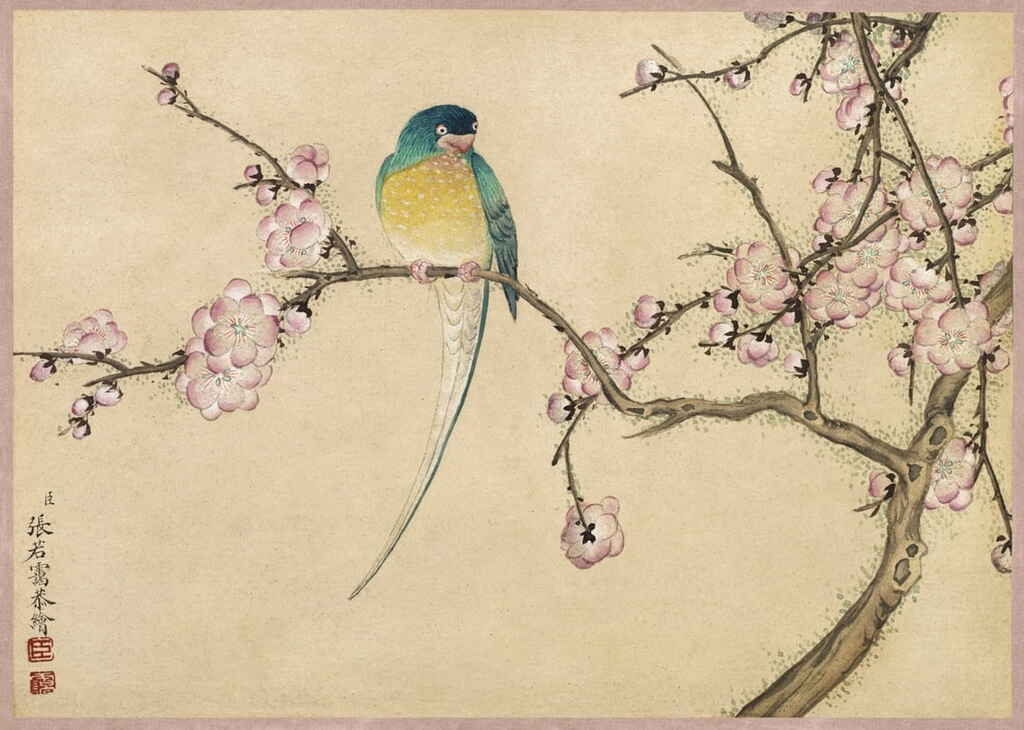
In the following haiku, insects, lovers, and stars are connected to highlight the universal theme of loss and separation.
Don’t weep, insects 一
Lovers, stars themselves,
Must part.
一 Kobayashi Issa
Juxtaposing images for emotional impact
Sometimes, the insight is expressed by placing two images in contrast with one another. These images are not picked because of their uniqueness or beauty, but rather for what they evoke when linked together.
Let’s see an example:
A caterpillar,
this deep in fall 一
still not a butterfly.
一 Matsuo Bashō
The way Bashō frames the images of a caterpillar and a butterfly in this poem expresses a feeling of unrealized potential or a yearning for growth and evolution that has not yet manifested.
Haiku fact! Traditionally, the juxtaposition of the two images is highlighted by ‘cutting words’ (kireji, 切れ字) — a poetic construct that can structure a verse in different ways. This break can be punctuation (like a dash) or simply with a word of emphasis (like “Oh!”). By directing the flow of the poem, the kireji helps to break the reader’s thinking patterns and facilitate the association between the images.
The use of natural imagery to convey insights and sudden emotions has been a key component of haiku poetry ever since it gained popularity in 17th-century Japan.
The form dates back to the 17th century
Before haiku, there was renga 一 a form of spontaneous and collaborative poetry from Japan. Renga poems were written in a joint effort by poets, scribes, and masters, starting from an initial stanza (hokku, 発句) of 5-7-5 phonetic units, followed by a series of 7-7 verses.
As the hokku was considered the catalyst of the entire creative process, poets felt it required a particular level of sensitivity and craftsmanship. In the 17th century, the effort needed to craft a strong hokku led wordsmiths like Matsuo Bashō to approach it as a standalone art form.
Bashō’s time in the wilderness
Despite making a name for himself as a renga poet, Bashō’s restless soul led him to travel around rural Japan 一 something considered to be extremely dangerous at the time. Alone in the wilderness of the countryside, Bashō developed a greater sensitivity to nature and the changing of the seasons 一 trying to encapsulate their essence into a collection of hokku.
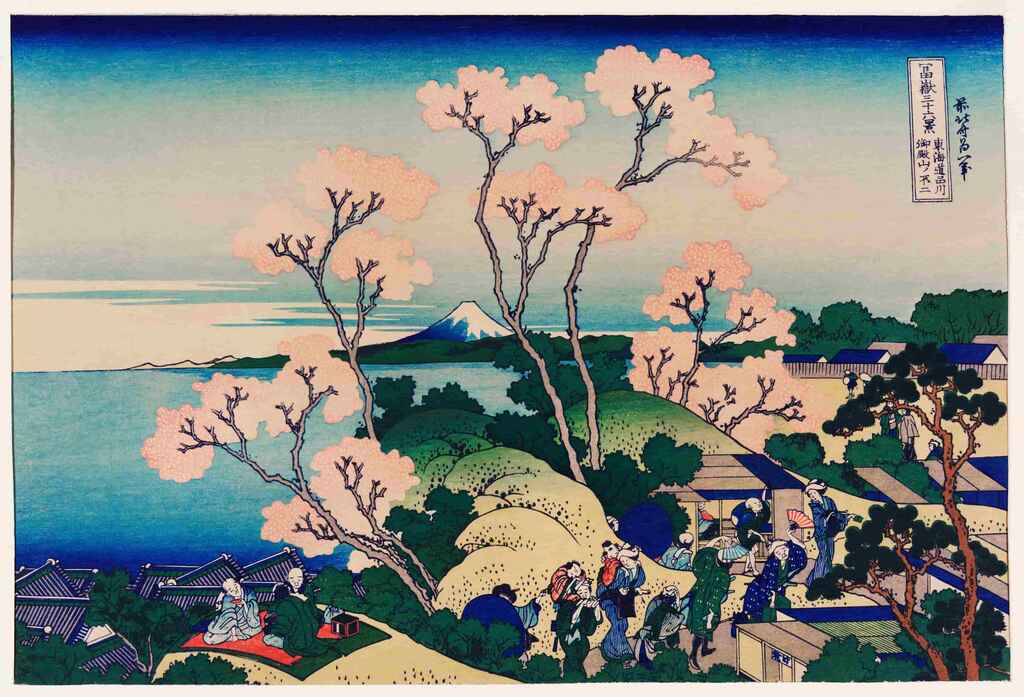
Second-generation haiku poets
Matsuo Bashō was, and still is, one of the most acclaimed haiku masters of all time. His body of work inspired many 一 like Yosa Buson and Kobayashi Issa 一 to follow his tracks and continue the haiku tradition with their own style.
Here are two examples of their work:
A summer river being crossed
how pleasing
with sandals in my hands!
― Yosa Buson
O snail
Climb Mount Fuji
But slowly, slowly!
― Kobayashi Issa
In the late 19th century, the poet Masaoka Shiki renamed the hokku as haiku 一 further strengthening it as an independent form of poetry. Like Bashō, Shiki believed that haiku should be “a sketch from nature”, an ever-present theme in the thousands of stanzas he left as his legacy.
green in the field
was pounded into
rice cake
― Masaoka Shiki
After Shiki, haiku poetry continued to grow in popularity, expanding to discuss modern themes and embracing a more open format.
Modern poets continue to write haiku
In the 20th century, many European and American poets became fascinated with the form and started to write haiku in various languages, including English, French, and Italian. Particularly influential was the Imagist movement (led by T. E. Hulme, Ezra Pound, and Amy Lowell) which tried to “take stills” of their emotional states in just a few words.
Later on, American poets like Nick Virgilio, Richard Wright, and Sonia Sanchez contributed to haiku literature with their own verses. Here are some of their poems:
a blind musician
extending an old tin cup
collects a snowflake
一 Nick Virgilio
I am nobody:
A red sinking autumn sun
Took my name away.
一 Richard Wright
say no words
time is collapsing
in the woods
一 Sonia Sanchez
Some of these poems display traditional haiku features, like the 5-7-5 syllables format, the seasonal references, or the strong use of imagery. Other poems don’t meet these criteria: it’s not uncommon for modern haiku poetry to stray from the traditional guidelines, maybe taking inspiration from the bustling city life as opposed to nature.
However, much of modern haiku poetry still tries to capture, in essence, the many memorable moments and experiences that we are presented with every day.
From the poets of medieval Japan linking verses together, to modern writers sketching lines among skyscrapers in futuristic cities, the story of haiku continues to be written. As long as nature and life remain endless and timeless sources of inspiration, so too shall there be haiku.

